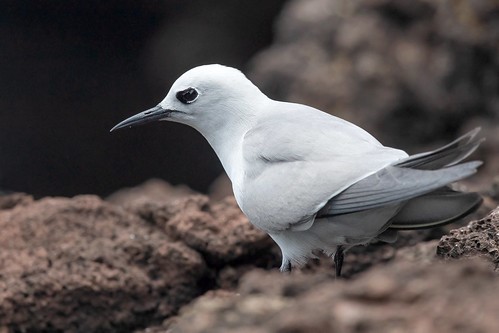Birdfinding.info ⇒ Locally common in the vicinity of its breeding grounds, mostly remote oceanic islands such as Lord Howe, Norfolk, the Pitcairns, and Easter Island. Among the more accessible areas where it can be found are several islets around the Hauraki Gulf north of Auckland, New Zealand, mostly January to March. Has also been seen on pelagic trips out of ports in eastern Australia, and about annually (mostly January-March) at Ballina, New South Wales.
Gray Noddy
Anous albivitta
Subtropical South Pacific.
Breeds mainly August to February on many widely scattered islands spanning the South Pacific mostly in the latitudes 20° to 30° South, including Lord Howe, Norfolk, Tonga, the Kermadecs, Rapa, the Pitcairns, Easter, Sala y Gómez, and the Desventuradas (San Ambrosio and San Félix).
May also breed, at least sporadically, on islets around New Zealand’s North Island, where they are regular as post-breeding visitors: Volkner Rocks off White Island; Sugarloaf Rock in the Alderman Islands; Cathedral Rocks in the Mokohinau Islands, Sugarloaf Rock in the Poor Knights Islands; and West Island in the Three Kings Islands.
Mostly resident near breeding grounds, but some juveniles and postbreeding adults disperse more widely.
Identification
A very small tern, pale to medium-gray overall but paler on the head, neck, and chest, and whitish on the crown.
Distinctive eye-ring is black in front and white in back.
In flight, the underwings show whitish linings that contrast with darker primaries and secondaries.

Gray Noddy. (Phillip Island, Norfolk Island; November 20, 2018.) © Ian Davies

Gray Noddy. (Meyer Island, Kermadec Islands; April 2, 2016.) © Katy Johns

Gray Noddy. (Motu Nui / Motu Iti, Easter Island, Chile; March 19, 2019.) © Garrett Lau

Gray Noddy. (Lady Elliot Island, Queensland, Australia; December 4, 2010.) © Mat Gilfedder
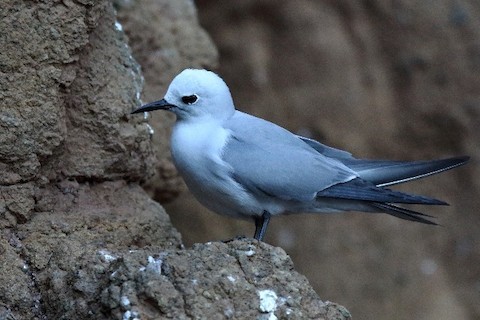
Gray Noddy, appearing bluish in this lighting. (Phillip Island, Norfolk Island; December 5, 2016.) © Lindsay Hansch
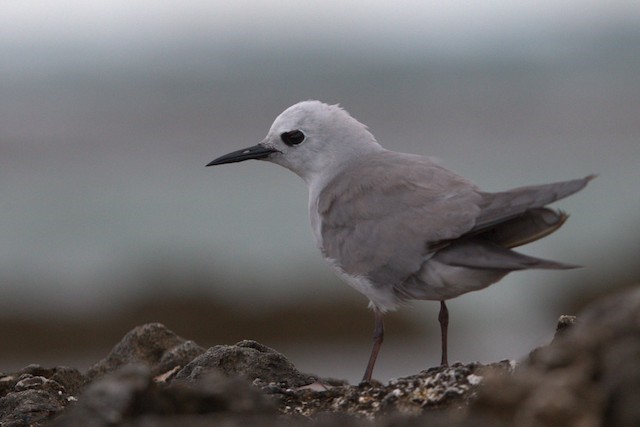
Gray Noddy. (Lady Elliot Island, Queensland, Australia; December 4, 2010.) © Mat Gilfedder
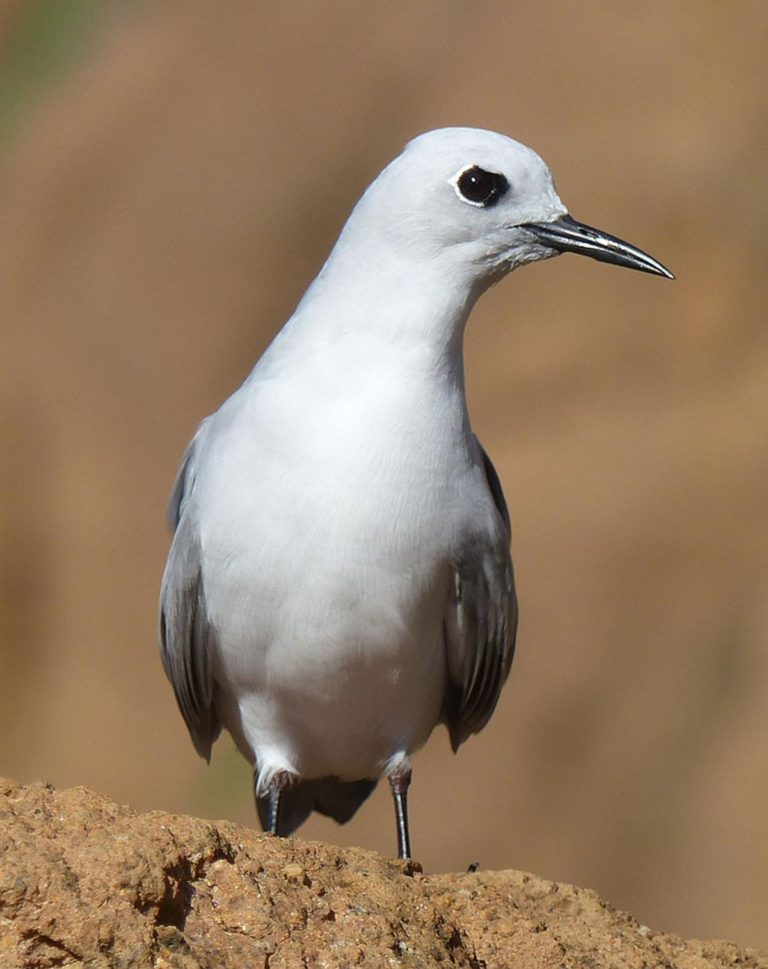
Gray Noddy. (Phillip Island, Norfolk Island; June 2017.) © Alan Tennyson
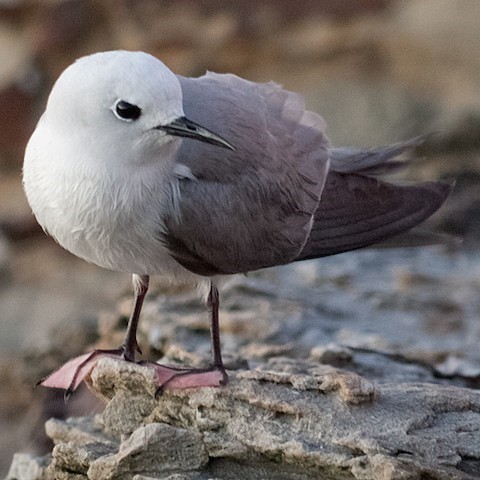
Gray Noddy. (Long Reef Aquatic Reserve, Warringah, New South Wales, Australia; December 11, 2010.) © Dena Paris
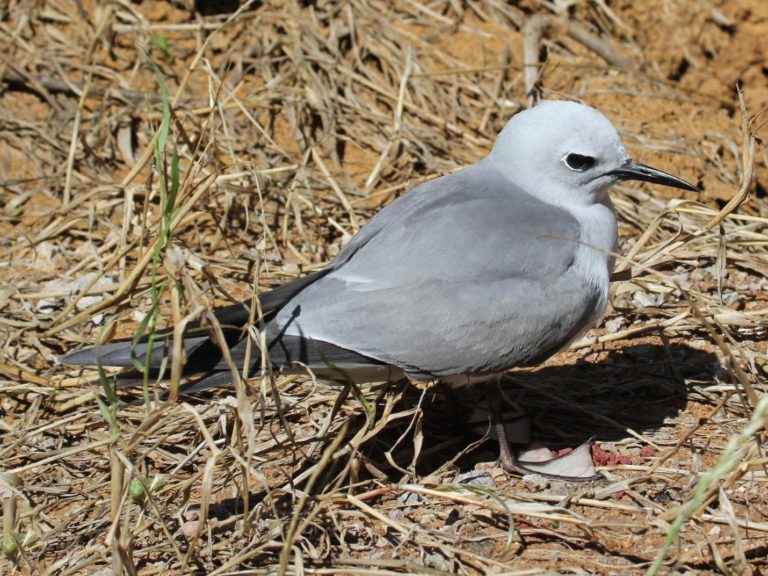
Gray Noddy. (Phillip Island, Norfolk Island; November 22, 2017.) © John Harris – Wildlife Experiences
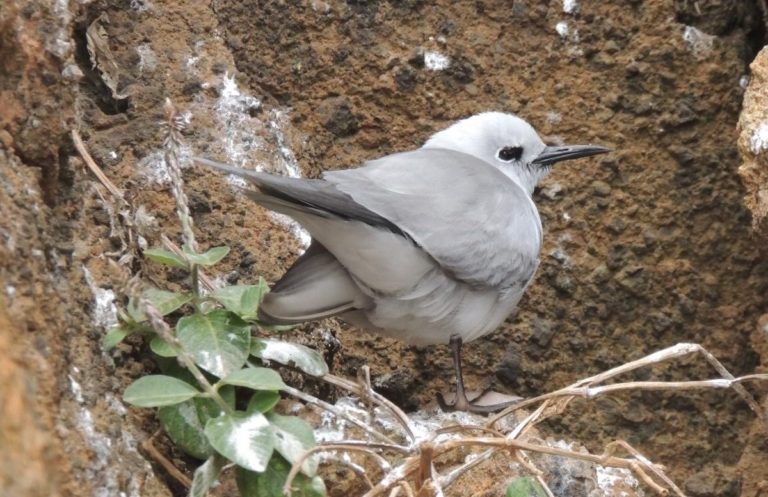
Gray Noddy. (Phillip Island, Norfolk Island; November 2016.) © Ian Armitage

Gray Noddy. (Lord Howe Island, Australia; December 15, 2020.) © David Irving
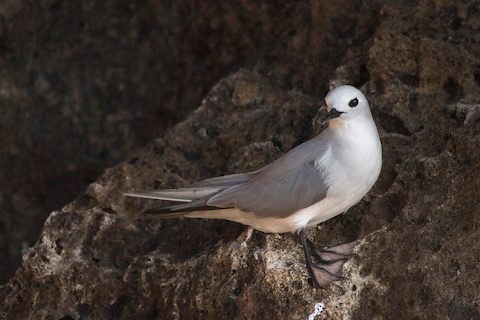
Gray Noddy. (Sugarloaf Rock, Poor Knights Islands, New Zealand; February 25, 2018.) © Oscar Thomas

Gray Noddy. (Hauraki Gulf, North Island, New Zealand; November 22, 2011.) © Frédéric Pelsy
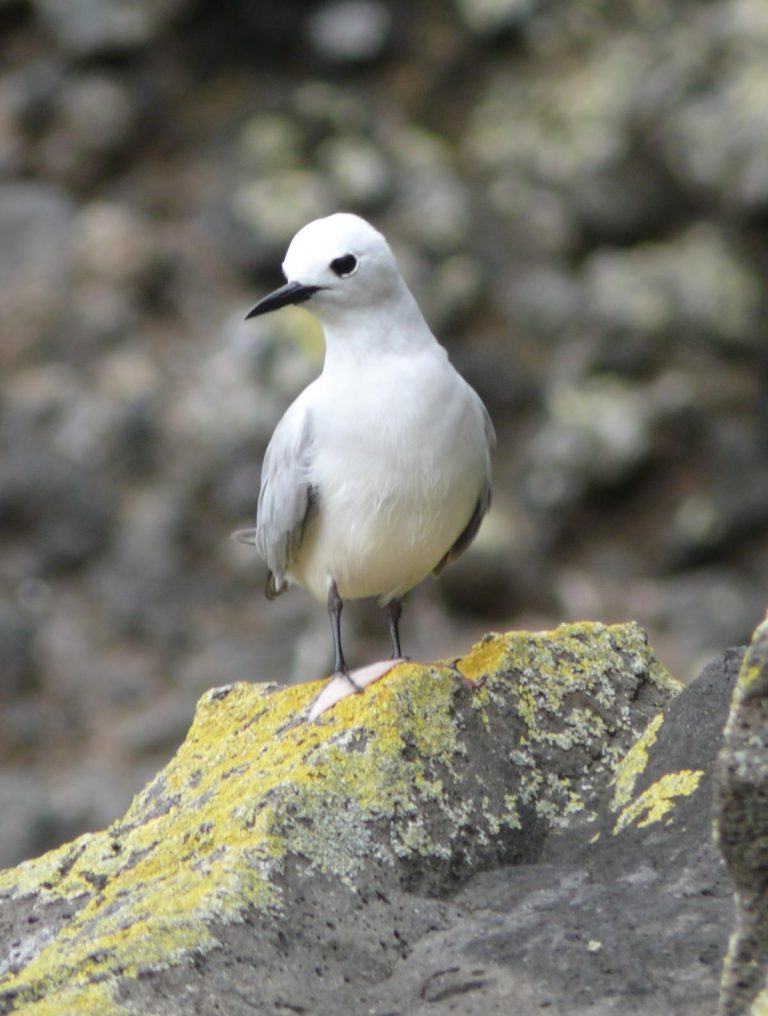
Gray Noddy. (North Meyer Islet, Kermadec Islands, New Zealand; April 2008.) © Steffi Ismar
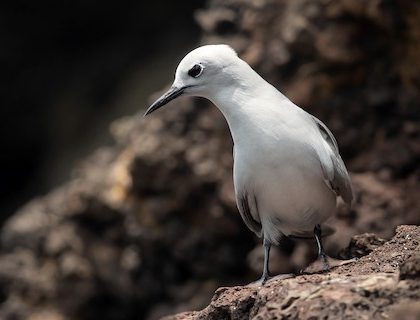
Gray Noddy. (Lord Howe Island, Australia; December 15, 2020.) © David Irving
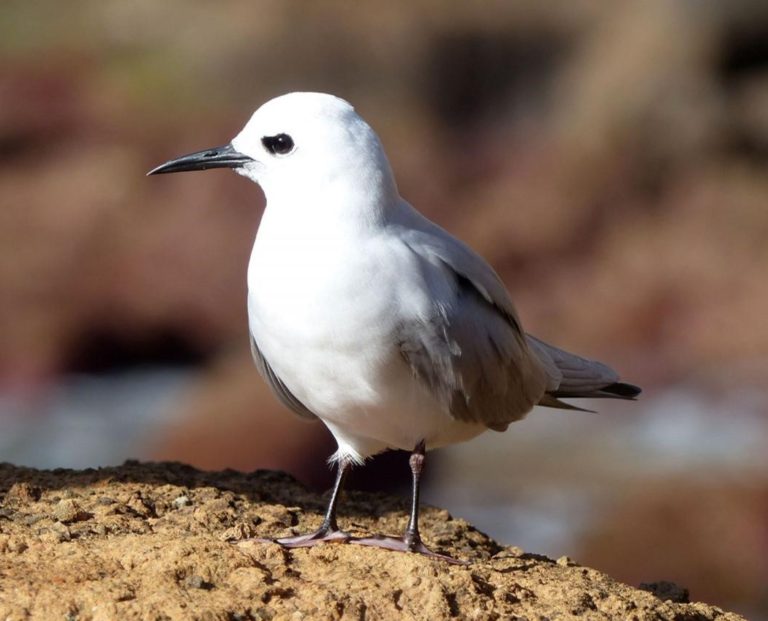
Gray Noddy. (Phillip Island, Norfolk Island; June 2017.) © Alan Tennyson
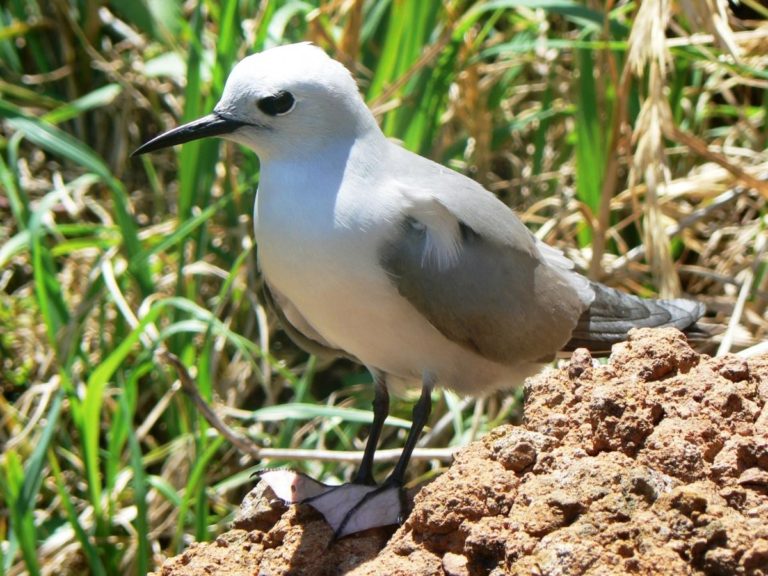
Gray Noddy. (Phillip Island, Norfolk Island; December 2008.) © Joke Baars

Gray Noddy. (Phillip Island, Norfolk Island; November 2016.) © Ian Armitage
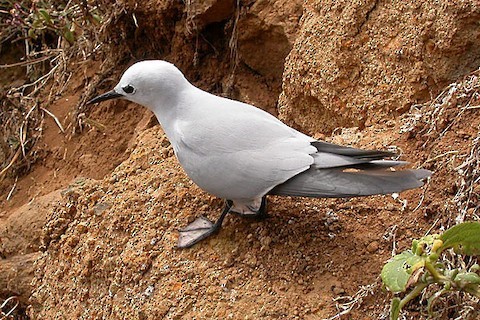
Gray Noddy. (Phillip Island, Norfolk Island; September 26, 2006.) © Peter Woodall
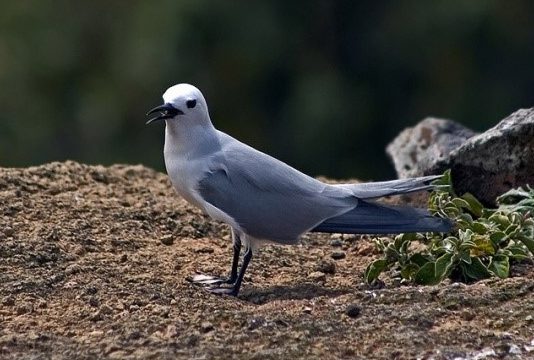
Gray Noddy. (Phillip Island, Norfolk Island; September 2005.) © OzV

Gray Noddy. (Red Point, Port Kembla, Wollongong, New South Wales, Australia; February 8, 2020.) © Paul Lynch

Gray Noddy, incubating. (Macauley Island, Kermadec Islands, New Zealand; September 1966.) © Brian Bell
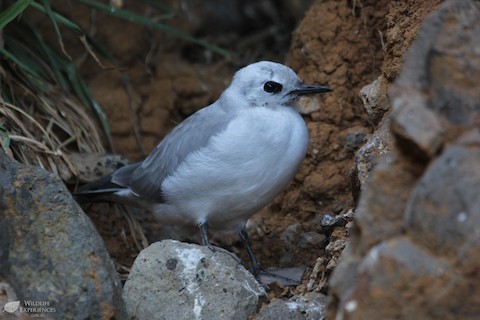
Gray Noddy, juvenile. (Phillip Island, Norfolk Island; November 22, 2017.) © John Harris – Wildlife Experiences
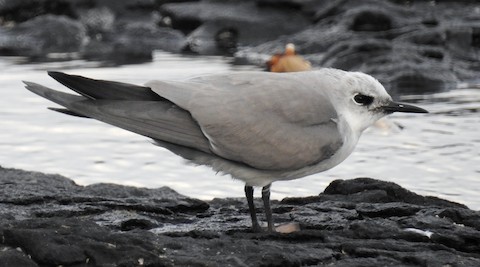
Gray Noddy, immature. (Flat Rock, Ballina, New South Wales, Australia; February 3, 2018.) © Steven McBride

Gray Noddy, immature. (South Ballina Beach, Ballina, New South Wales, Australia; January 31, 2016.) © Steven McBride
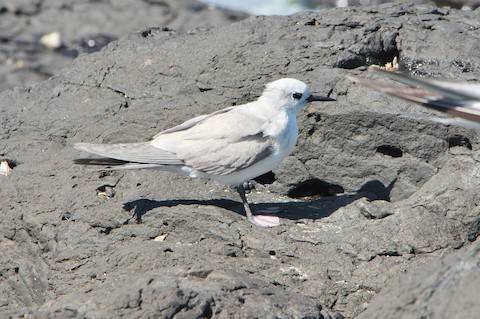
Gray Noddy, immature. (Flat Rock, Ballina, New South Wales, Australia; April 16, 2014.) © Bernie O’Keefe

Gray Noddy. (Lady Elliot Island, Queensland, Australia; December 4, 2010.) © Mat Gilfedder
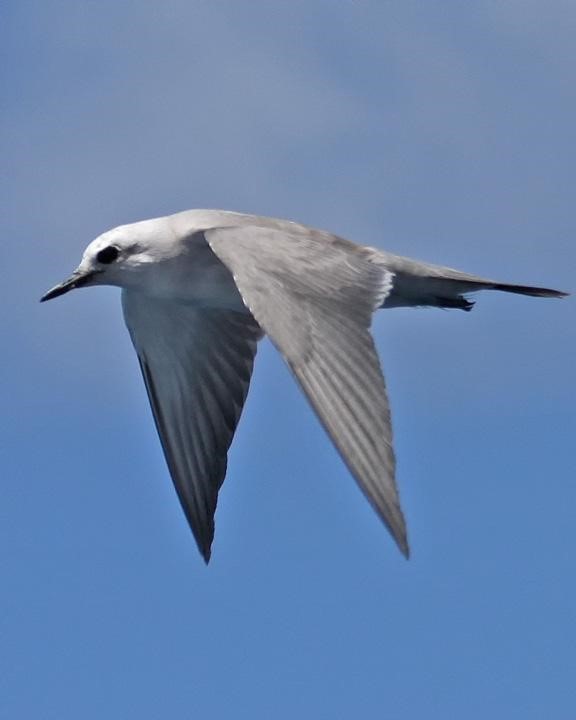
Gray Noddy. (Lady Elliot Island, Queensland, Australia; December 4, 2010.) © Mat Gilfedder
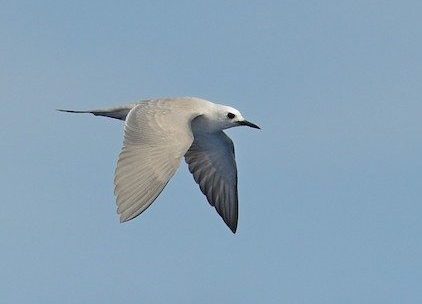
Gray Noddy. (Norfolk Island; March 1, 2013.) © Kirk Zufelt

Gray Noddy. (Poor Knights Islands, New Zealand; January 2021.) © Scott Brooks

Gray Noddy. (Offshore from Sydney, New South Wales, Australia; April 11, 2015.) © Stephen Hey

Gray Noddy. (Raoul Island, Kermadec Islands, New Zealand.) © Gareth Rapley
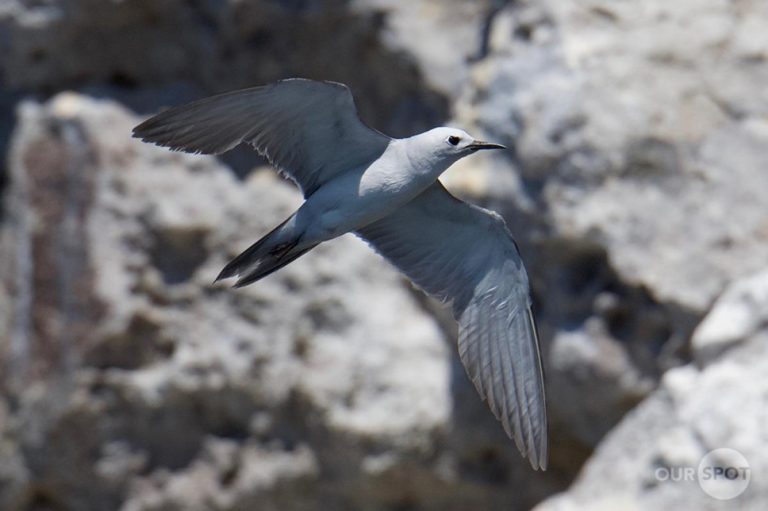
Gray Noddy. (Poor Knights Islands, New Zealand; January 2021.) © Scott Brooks
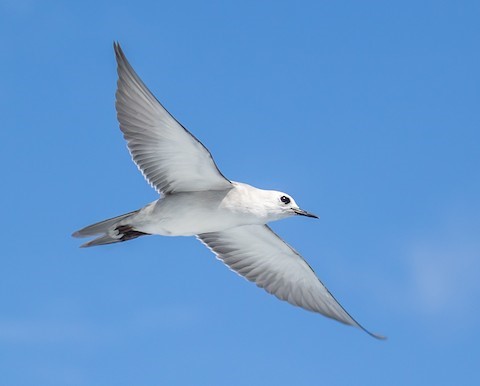
Gray Noddy, showing white wing-linings contrasting with darker flight feathers. (Lord Howe Island, Australia; November 20, 2016.) © Louise Summerhayes

Gray Noddy. (Lady Elliot Island, Queensland, Australia; December 4, 2010.) © Mat Gilfedder

Gray Noddy. (Poor Knights Islands, New Zealand; January 2021.) © Scott Brooks
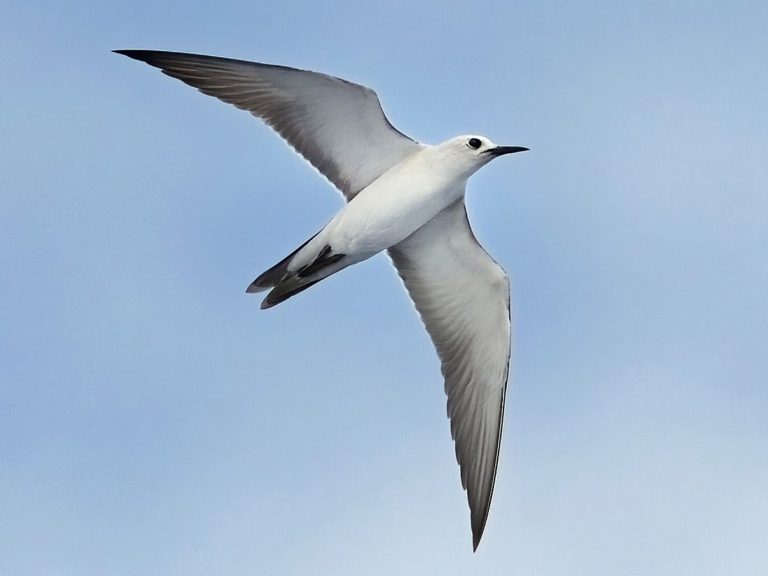
Gray Noddy, showing white wing-linings contrasting with darker flight feathers. (Norfolk Island; March 1, 2013.) © Kirk Zufelt
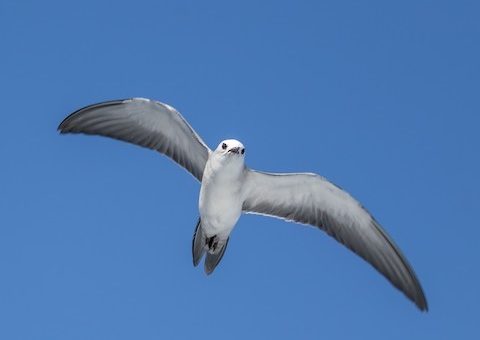
Gray Noddy, showing white wing-linings contrasting with darker flight feathers. (Lord Howe Island, Australia; November 20, 2016.) © Louise Summerhayes
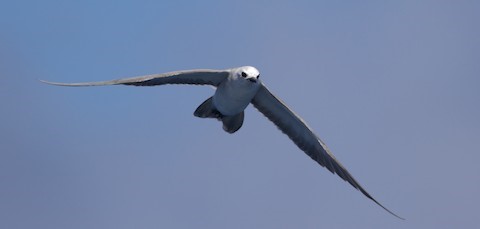
Gray Noddy. (Ball’s Pyramid, Norfolk Island; December 19, 2018.) © Liam Murphy
Cf. Blue Noddy. Blue and Gray Noddies were traditionally considered a single species, the Blue-gray Noddy (A. ceruleus), but have been reclassified as separate based largely on genetic evidence. The differences between them are subtle and variable, and difficult to generalize because of internal variation. The most consistent difference seems to be size, as Gray Noddy is slightly larger than Blue—but not enough to help with field identification.
In areas where they are most likely to overlap (mainly the south-central Pacific), Blue Noddy has more uniform coloration, whereas Gray Noddy shows more noticeable contrast: darker on the upperparts than on the head, neck, and underparts, and with contrast on the underwings between whitish wing-linings and darker flight feathers. Elsewhere, however, the northern subspecies of Blue Noddy (A. c. saxatalis, sometimes “Silver Noddy”) resembles Gray Noddy more than it does other Blue Noddies.
Notes
Polytypic species consisting of three recognized subspecies.
Traditionally classified as conspecific with the Blue Noddy (A. ceruleus), known collectively as the Blue-gray Noddy (A. ceruleus). The distinctions between them seem slight enough to favor treatment as a single species.
References
BirdLife International. 2018. Anous albivittus. The IUCN Red List of Threatened Species 2018: e.T22733705A133493121. https://dx.doi.org/10.2305/IUCN.UK.2018-2.RLTS.T22733705A133493121.en. (Accessed December 30, 2020.)
eBird. 2020. eBird: An online database of bird distribution and abundance. Cornell Lab of Ornithology, Ithaca, N.Y. http://www.ebird.org. (Accessed December 30, 2020.)
Harrison, P. 1983. Seabirds: An Identification Guide. Houghton Mifflin, Boston.
Howell, S.N.G., and K. Zufelt. 2019. Oceanic Birds of the World. Princeton University Press.
Pratt, H.D., P.L. Bruner, and D.G. Berrett. 1987. A Field Guide to the Birds of Hawaii and the Tropical Pacific. Princeton University Press.
Szabo, M.J. 2017. Grey noddy. In New Zealand Birds Online (Miskelly, C.M., ed.). http://nzbirdsonline.org.nz/?q=node/435. (Accessed February 12, 2021.)
Xeno-Canto. 2020. Gray Noddy – Anous albivitta. https://www.xeno-canto.org/species/Anous-albivitta. (Accessed December 30, 2020.)
